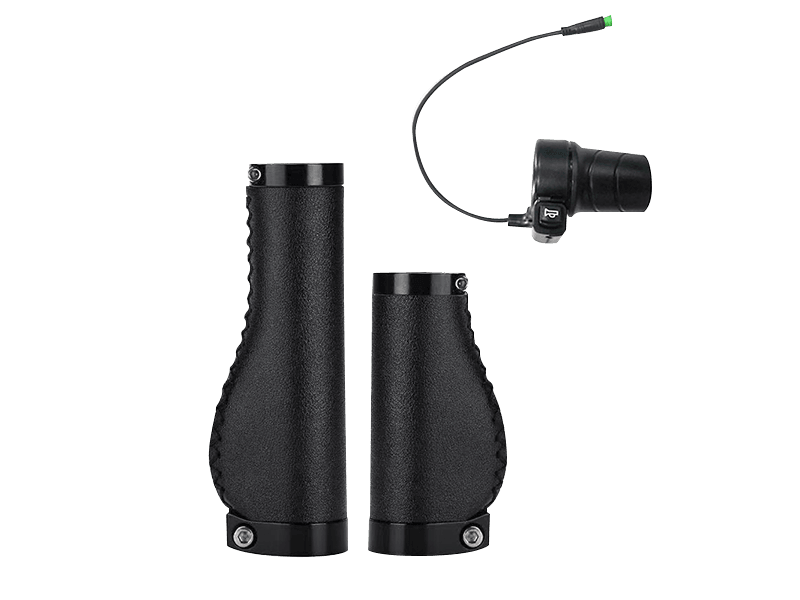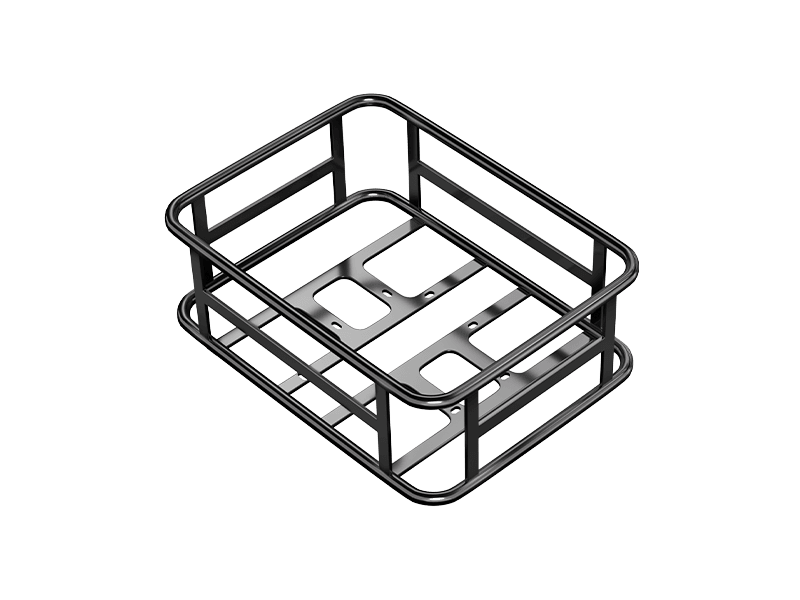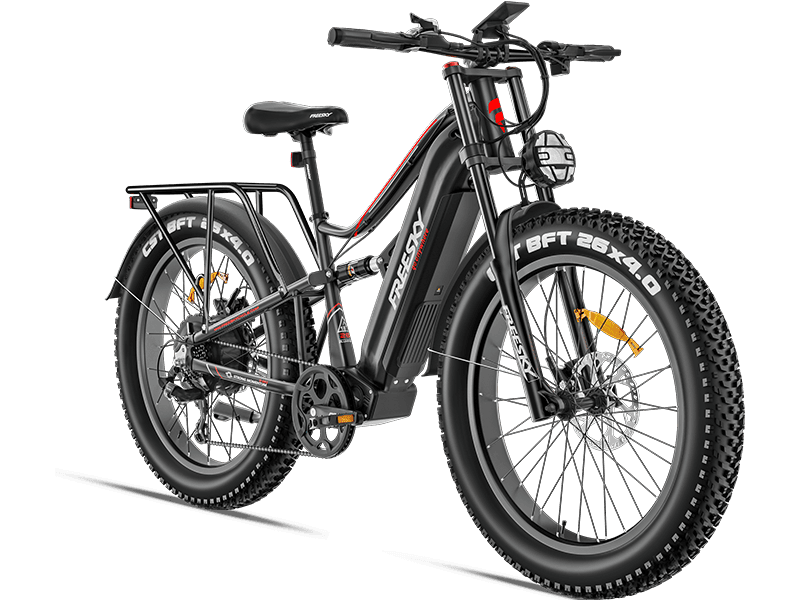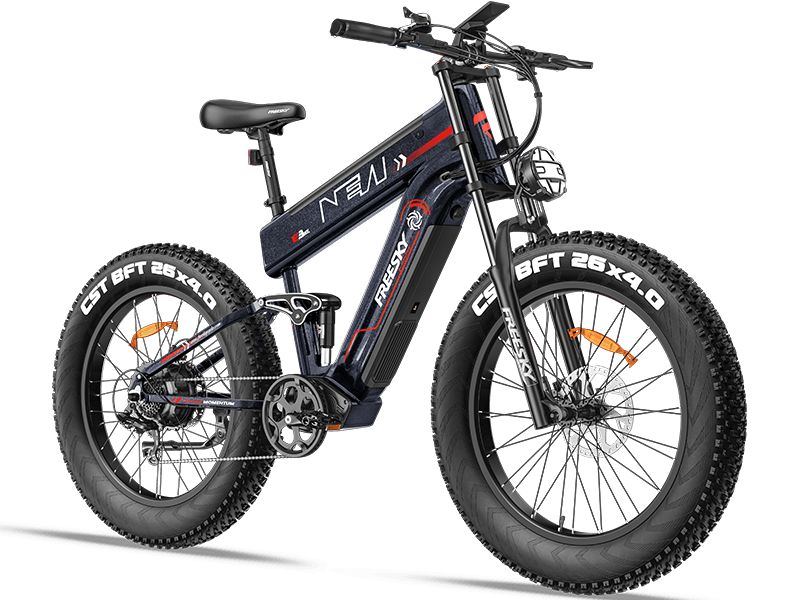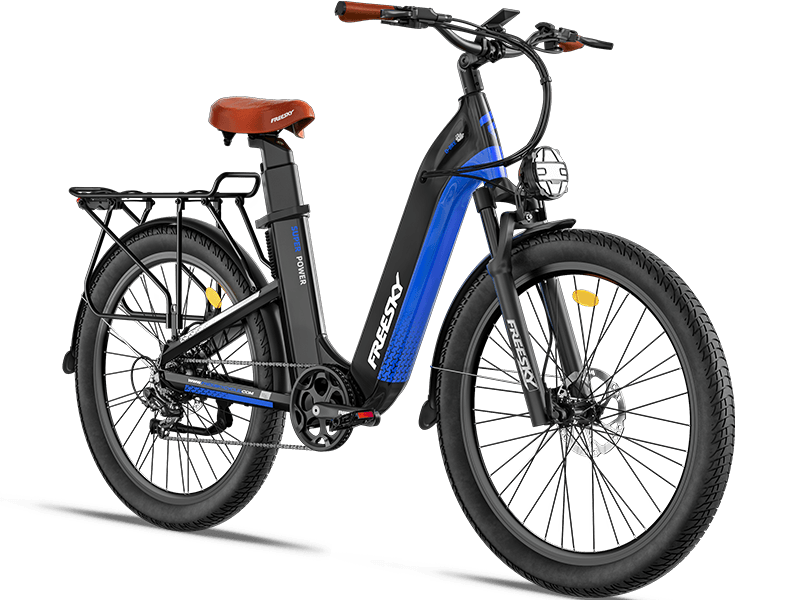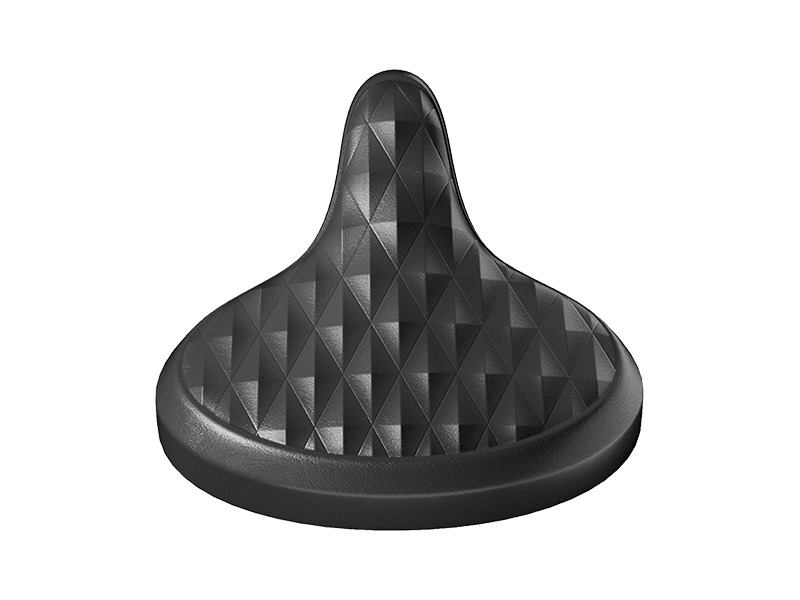Multi-Speed Ebikes: The Ultimate Fusion of Power, Efficiency, and Versatility
APR 22, 2025
Electric bikes (ebikes) have revolutionized urban commuting and outdoor adventures, offering a greener, faster, and more accessible way to travel. Among the latest innovations in this space, multi-speed ebikes stand out as a game-changer, blending traditional cycling mechanics with cutting-edge electric propulsion. In this blog, we’ll explore why multi-speed ebikes are gaining traction, their benefits, and how to choose the right one for your needs.
What Are Multi-Speed Ebikes?
Multi-speed ebikes combine electric motor assistance with a traditional bicycle gear system. Unlike single-speed ebikes, which rely solely on the motor to tackle hills or accelerate, multi-speed models feature multiple gears (e.g., 7-speed, 21-speed) that riders can manually shift to optimize pedaling efficiency. This hybrid design ensures a seamless transition between electric power and human effort, adapting to diverse terrains and riding styles.
Why Multi-Speed Ebikes Are a Smart Choice
-
Conquer Any Terrain
Whether you’re climbing steep hills, cruising on flat roads, or navigating rough trails, multi-speed ebikes offer unmatched adaptability. Lower gears provide torque for uphill climbs, while higher gears maximize speed on straightaways—all with the added boost of pedal-assist or throttle modes. -
Extend Battery Life
By shifting gears appropriately, riders reduce strain on the motor, preserving battery power for longer rides. For example, using a lower gear on hills lets the motor work efficiently without draining the battery excessively. -
Enhanced Fitness Opportunities
Want to pedal more and rely less on the motor? Multi-speed ebikes let you customize your workout. Shift to higher gears for resistance training or lower gears for casual cruising, blending exercise with electric convenience. -
Versatility for All Riders
From daily commuters to weekend adventurers, multi-speed ebikes cater to diverse needs. Commuters appreciate the flexibility to switch between eco-friendly electric modes and manual pedaling, while off-road enthusiasts value the control over challenging terrain.
Key Features to Look For
When shopping for a multi-speed ebike, consider these factors:
-
Gear System: Choose between derailleur gears (common, lightweight, ideal for varied terrain) or internal hub gears (low maintenance, weather-resistant, great for city riding).
-
Motor Power: Mid-drive motors pair well with gear systems, offering balanced power distribution, while hub motors are simpler but less integrated with shifting.
-
Battery Range: Opt for a battery that supports your typical ride distance. A 500Wh battery typically offers 40–60 miles per charge, depending on gear usage and assist levels.
-
Frame Design: Ensure the bike’s weight and geometry align with your riding style (e.g., lightweight aluminum for commuting, sturdy frames for mountain trails).
Top Use Cases for Multi-Speed Ebikes
-
Urban Commuting: Tackle stop-and-go traffic with ease, using gears to accelerate from lights and the motor to maintain speed.
-
Mountain Biking: Conquer technical trails by pairing low gears with high-torque motor settings.
-
Long-Distance Touring: Optimize battery life by shifting gears on rolling hills or headwinds.
-
Cargo Hauling: Use low gears to manage heavy loads while the motor compensates for added weight.
Maintenance Tips for Longevity
-
Regularly clean and lubricate the chain to ensure smooth gear shifts.
-
Check derailleur alignment and cable tension if shifting becomes inconsistent.
-
Keep the battery charged between 20–80% for optimal lifespan.
The Future of Multi-Speed Ebikes
As ebike technology evolves, expect smarter integration between gear systems and motors. Brands like Shimano and Bosch are already developing adaptive systems that auto-adjust gears based on terrain and riding patterns. Additionally, lightweight materials and improved battery efficiency will make multi-speed ebikes even more accessible and practical.
Final Thoughts
Multi-speed ebikes represent the perfect marriage of classic cycling mechanics and modern electric innovation. They empower riders to tackle any journey with confidence, efficiency, and a touch of adventure. Whether you’re a fitness enthusiast, an eco-conscious commuter, or an outdoor explorer, a multi-speed ebike could be your ultimate ride.
Ready to shift gears? Explore multi-speed ebikes today and experience the best of both worlds!


